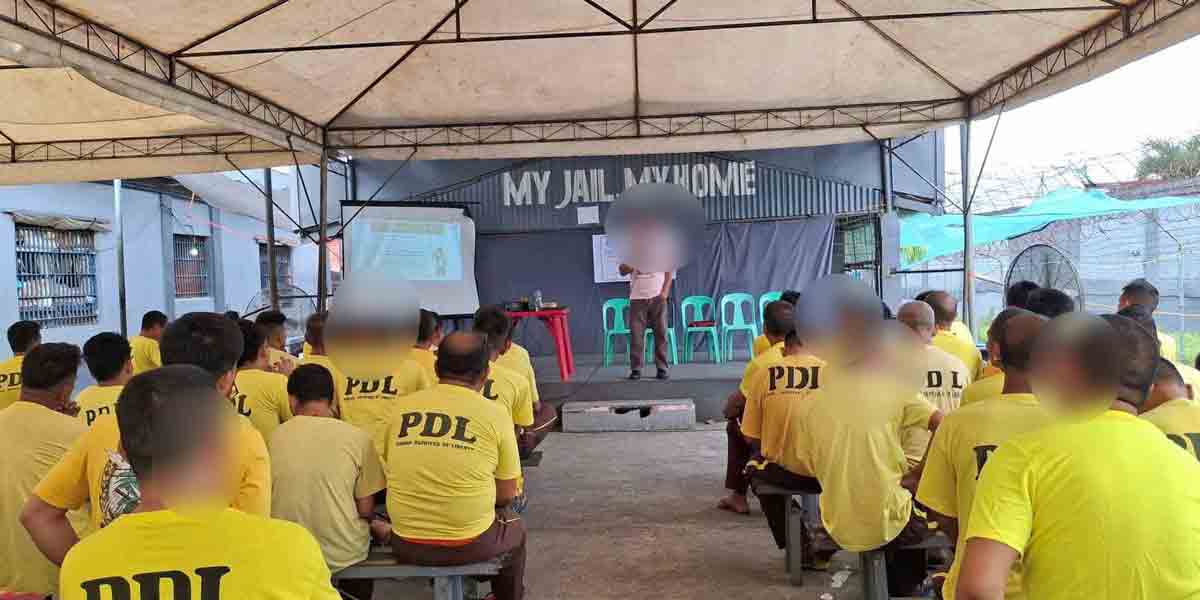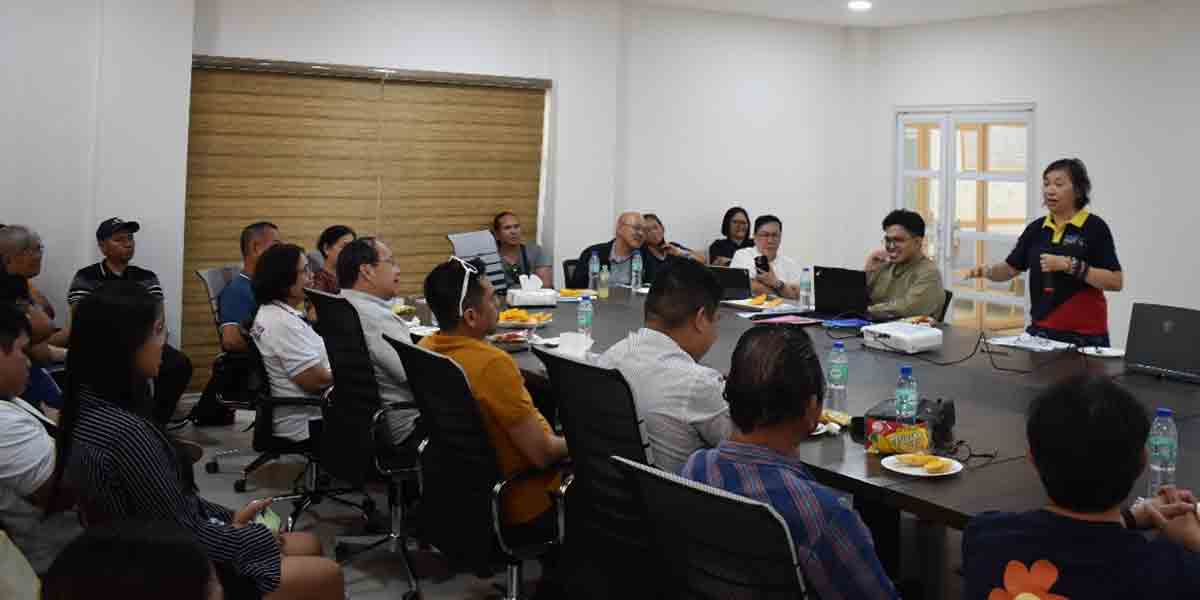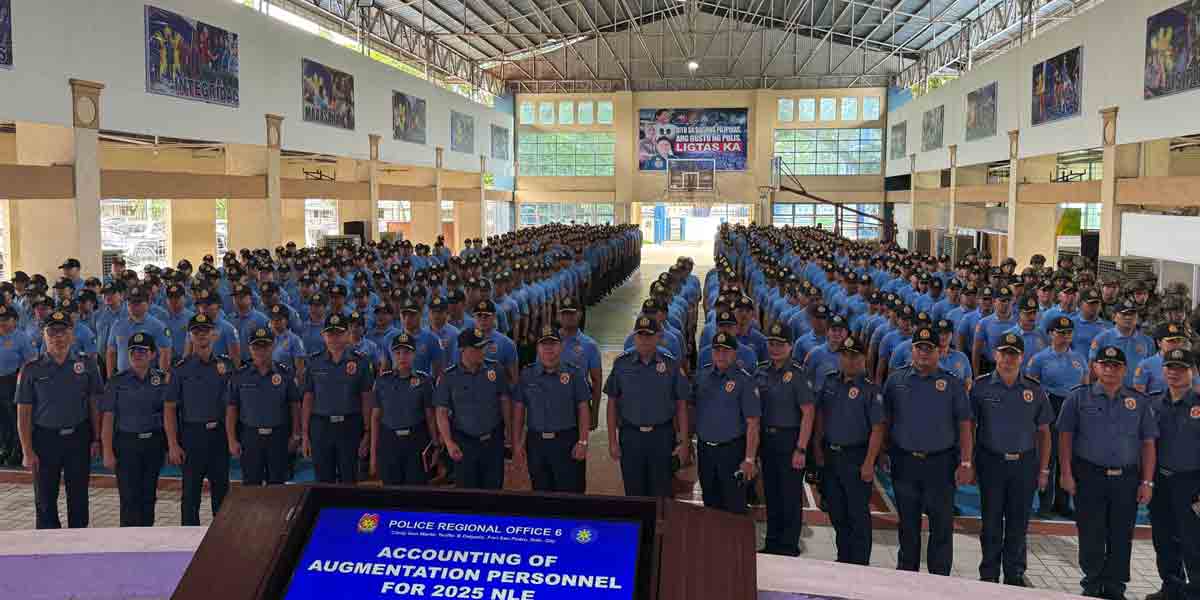 By Atty. Rolex T. Suplico
By Atty. Rolex T. Suplico
The recent call of President Duterte for the re-imposition of the death penalty has ignited the debate on whether the death penalty is a deterrent to the commission of heinous crimes.
The case of People of the Philippines vs. Leo Echegaray (G. R. No. 117472, June 25, 1996) reminds us of the first Filipino to be meted the death penalty under Republic Act No. 7659, approved on Dec. 13, 1993, which is often referred to as the Death Penalty Law.
In a per curiam decision, the Court stated that:
“Rodessa Echegaray is a 10-year old girl and a fifth grader. (She) is the eldest of five siblings. She has three brothers aged 6, 5 and 2, respectively, and a 3-month old baby sister, Her parents are Rosalie and Leo Echegaray, x x x. The victim lives with her family in a small house x x x.”
The rape happened “in the afternoon of April 1994, while Rodessa was looking after her three brothers in their house as her mother attended a gambling session in another place, she heard her father, x x x, order her brothers to go out of the house. As soon as her brothers left, x x x Leo Echegaray approached Rodessa and suddenly dragged her inside the room. x x x. The same sexual assault happened up to the fifth time and this usually took place when her mother was out of the house. However, after the fifth time, Rodessa decided to inform her grandmother, Asuncion Rivera, who in turn told Rosalie, x x x. Rodessa and her mother proceeded to the Barangay Captain x x x. Thereafter, Rodessa was brought to the precinct where she executed an affidavit. From there, she was accompanied to the Philippine National Police Crime Laboratory for medical examination.”
On Aug. 1, 1994, Leo Echegaray was arraigned by the Regional Trial Court of Quezon City for the crime of rape of his 10-year old daughter Rodessa. The prosecution presented Rodessa, her grandmother Asuncion Rivera and the medico-legal officer. On the other hand, the defense presented 4 witnesses, including Rosalie, mother of Rodessa, who had sided with Leo Echegaray, and Leo Echegaray himself.
On Sept. 7, 1994, after a marathon hearing, the trial court rendered a judgment of conviction. It “dismissed the defense of alibi and lent credence to the straightforward testimony of the ten-year old victim to whom no ill motive to testify against the accused-appellant can be attributed.“ It sentenced the accused to suffer the penalty of death, pursuant to RA 7659. The case was then brought to the Supreme Court on automatic appeal.
The accused-appellant attacked the trial court’s verdict on 3 grounds: 1. It failed to appreciate the sinister motive of the grandmother; 2. It overlooked the fact that the healed lacerations of the private complainant could not be due to his pumping penis; and 3. It ignored his defense of alibi that he was elsewhere when the crime happened.
At the outset, the Court laid down the “following principles in evaluating evidence in cases of this nature: (a) An accusation can be made with facility; it is difficult to prove but more difficult for the accused though innocent to disprove; (b) In view of the intrinsic nature of the crime of rape were only two persons are involved, the testimony of the complainant must be scrutinized with extreme caution; and (c) The evidence for the prosecution must stand and fall on its own merits, and cannot be allowed to draw strength from the weakness of the evidence of the defense.”
Then, the Court discussed the 3 errors pointed out by the accused-appellant.
First, accused-appellant alleged “that the rape charged was merely concocted and strongly motivated over a certain lot x x x. Indeed, the lot in question is co-owned by the accused-appellant and Conrado Alfonso, the live-in partner of Asuncion Rivera, according to the records of the National Housing Authority.”
But the Court said “that no grandmother would be so callous as to instigate her 10-year old granddaughter to file a rape case against her own father simply on account of her alleged interest over the disputed lot. It is a well-entrenched jurisprudential rule that the testimony of a rape victim is credible where she has no motive to testify against the accused.”
Second, the accused-appellant alleged “that he could not have raped Rodessa because of the size of his penis which could have ruptured her vagina had he actually done so.”
But the Court stated that “(i)t gives no probative value on the accused-appellant’s self-serving statement x x x. The degree of distensibility of the female reproductive organ is normally limited only by the character and size of the pelvic inlet, other factors being minor. The female reproductive canal being capable of allowing passage of a regular fetus, there ought to be no difficulty allowing the entry of objects of much lesser size, including the male reproductive organ, which even at its largest dimensions, would still be considerably smaller that the full-term fetus.”
The Court explained that “(i)n rape cases, a broken hymen is not an essential element thereof. A mere knocking at the doors of the pudenda, so to speak, by the accused’s penis suffices to constitute the crime of rape as full entry into the victim’s vagina is not required to sustain a conviction. x x x, the medico-legal examiner, categorically testified that the healed lacerations of Rodessa on her vagina were consistent with the date of the commission of the rape as narrated by the victim to have taken place in April, 1994.”
Third, the accused-appellant alleged that he was in Paranaque when the rape occurred, for a painting job. In support of his defense of alibi, he presented a Contract of Services.
The Court stated that “(i)n view of our finding that the prosecution witnesses have no motive testify against the accused-appellant, the defense of alibi, in this case uncorroborated by other witnesses, should be completely disregarded. More importantly, the defense of alibi which is inherently weak becomes even weaker in the face of positive identification of the accused-appellant as perpetrator of the crime of rape by his victim, Rodessa.”
“Apparently, as the last glimpse of hope,” the Court said that, “the accused-appellant questions the penalty imposed by the trial court by declaring that he is neither a father, stepfather or grandfather of Rodessa although he was a confirmed lover of Rodessa’s mother.”
Section 11 of RA 7659 amended Art. 335 of the Revised Penal Code, thus:
“The death penalty shall also be imposed if the crime of rape is committed under any of the following attendant circumstances: 1. When the victim is under eighteen (18) years of age and the offender is a parent, ascendant, step-parent, guardian, relative by consanguinity or affinity within the third civil degree, or the common-law spouse of the parent of the victim. x x x.”
The Court concluded that:
“Considering that the accused-appellant is a confirmed lover of Rodessa’s mother, he falls squarely within the aforequoted portion of the Death Penalty Law under the term ‘common-law spouse of the parent of the victim.’”
Then, the Court explained that “(t)he fact that the ten-year old Rodessa referred to the accused-appellant as “papa” is reason enough to conclude that accused-appellant is either the father or stepfather of Rodessa. Thus, the act of sexual assault perpetrated by the accused on his young victim has become all the more repulsive and perverse. The victim’s tender age and the accused-appellant’s moral ascendancy and influence over her are factors which forced Rodessa to succumb to the accused’s selfish and bestial craving. The law has made it inevitable under the circumstances of this case that the accused-appellant face the supreme penalty of death. WHEREFORE, we AFFIRM the decision of the Regional Trial Court of Quezon City, Branch 104.”
The accused-appellant filed a motion for reconsideration, which was denied by the Court on Feb. 7, 1997. It was received by the accused-appellant on Feb. 12, 1997. It became final and executory on February 27, 1997. On Feb. 5, 1999, Leo Echegaray was executed via lethal injection. He was 38 years old. Sources said that his last words allegedly were:
“Patawarin ninyo ako, sambayanang Pilipino, sa kasalanang ibinibintang ninyo sa akin. Pilipino pinatay ang kapwa Pilipino.”
RA 9346, entitled: AN ACT PROHIBITING THE IMPOSITION OF DEATH PENALTY IN THE PHILIPPINES, was approved on June 24, 2006. It repealed RA 7659, the Death Penalty Law. Currently, there is no death penalty in the country. RA 9346 also repealed RA 8177, otherwise known as AN ACT DESIGNATING DEATH BY LETHAL INJECTION. In sum, the death penalty is subject to the enactment of a law by Congress. This is based on the 1987 Constitution, which states that:
“Sec. 19(1). Excessive fines shall not be imposed, nor cruel, degrading or inhuman punishment inflicted. Neither shall death penalty be imposed, unless, for compelling reasons involving heinous crimes, the Congress hereafter provides for it. Any death penalty already imposed shall be reduced to reclusion perpetua. (Art. II, Bill of Rights, 1987 Constitution).
Now, dear Reader, let me ask you: Are you in favor of the death penalty for heinous crimes? I am certain that the great debate on the death penalty has already begun. And it started when Pres. Duterte called for it in his 5th SONA last July 27, 2020.






















